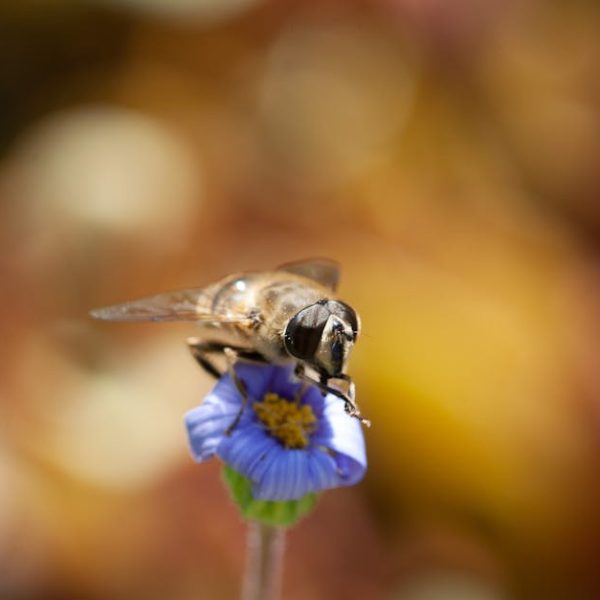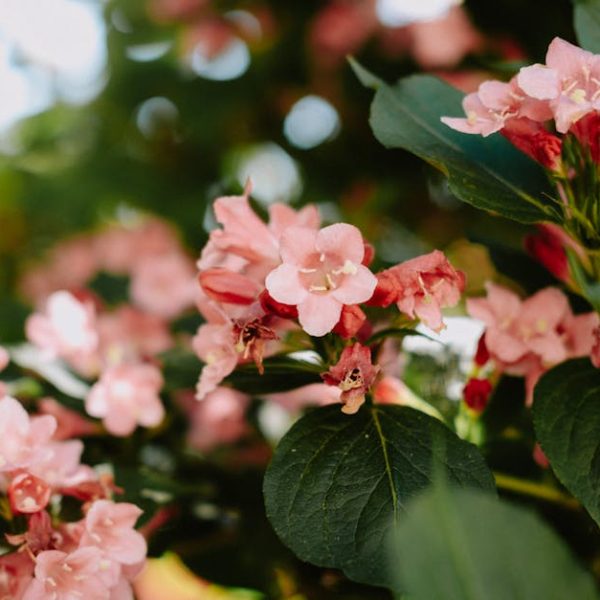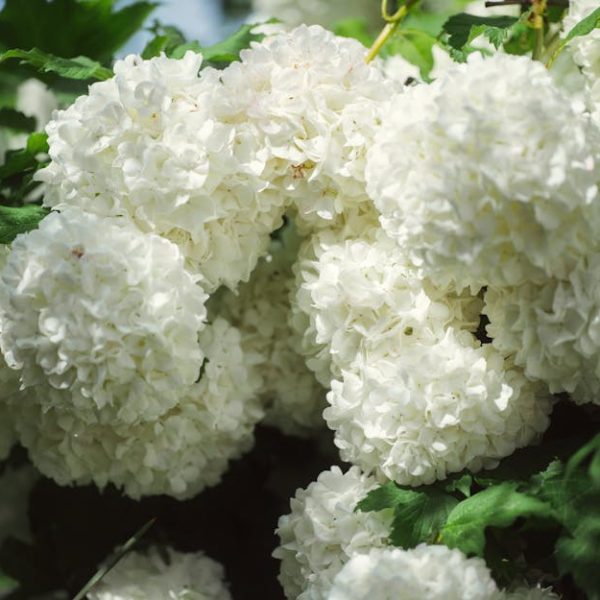The world’s second most expensive spice following saffron, vanilla is an exquisite orchid, treasured for centuries for its delightful aroma and subtle flavor. Native to Mexico but now grown in tropical regions around the world, namely Madagascar and Indonesia – the cultivation of vanilla is a rewarding, though time-consuming process.
Understanding Vanilla Plants and Their Growth Conditions
Resilient and hearty, vanilla plants can thrive in a variety of conditions. However, while it’s common to associate the cultivation of these green miracles with exotic tropical lands, they can also grow surprisingly well in your home or garden, provided certain conditions are met.
Delineating the different types of vanilla plants reveals the extent of their diversity:
- The Bourbon Vanilla: Preferring a tropical climate, this type enjoys high humidity and temperatures between 20-30℃.
- The Tahitian Vanilla: Appreciates similar conditions to the Bourbon but is more resilient and can handle lower light conditions.
- The Mexican Vanilla: Native to Mexico, this variant requires extremely similar conditions to the Bourbon.
Pro tip : Maintaining consistent humidity and temperature is critical for healthy vanilla plant growth. Strive for around 80% humidity and 20-30℃.
The Basics of Planting Vanilla Plants
A journey into the cultivation of vanilla plants begins with understanding when and where to plant them. Planting is best done in the spring, when the risk of frost has passed. The plant prefers a shady spot, ideally with access to the morning sun.
To get started, you’ll need:
- A healthy cutting of a vanilla bean plant.
- A large pot with a trellis or some kind of supportive structure.
- Quality potting soil
When comparing planting vanilla beans in pots versus open ground, both methods have their merits.
| Pot | Open Ground | |
|---|---|---|
| Requires less space | ✓ | |
| More control over soil | ✓ | |
| Limited root expansion | ✓ | |
| Vulnerable to pests/diseases | ✓ |
Proper Care for Vanilla Plants
Vanilla plants demand diligent care, including regular watering, fertilizing, and pruning. Over-watering can be detrimental, aiming for moist but not waterlogged soil. Fertilize the plant every few weeks and prune to encourage bushy growth.
Common challenges include Fusarium root and stem rot, as well as pests like slugs and snails. Regular checks, proper drainage, and pest control techniques can manage these problems effectively.
Best Practice Tips : Implement a regular plant care routine that includes checking for diseases and pests, ensuring sufficient moisture levels, and prudently pruning the plants. Ensuring appropriate care goes a long way in fostering their healthy growth.
Harvesting and Curing Vanilla Beans
The beauty of cultivating vanilla is not just in the process, but also in the magical moment when you harvest and cure the beans. Harvesting typically occurs nine months after the orchid flowers, when the tip of the bean starts to turn yellow.
To harvest, simply:
- Select beans with a yellowing tip.
- Use a sharp clean knife to cut the beans off, taking care not to squash the bean.
- Leave a small stem on the bean to help with the curing process.
After harvesting, the beans require curing, which involves exuding, sweating, drying, and conditioning. This process both hardens the beans and develops the characteristic vanilla flavor and aroma.
Pro tip : Harvest in the morning and start the curing process immediately for maximum aroma and flavor.
Common Challenges and Solutions in Growing Vanilla Plants
Growing vanilla plants presents certain challenges – from potential pests to varying weather conditions. The most commonly faced issues are:
- Slugs or snails: These pests enjoy feasting on the soft flesh of the vanilla plant. Use beer traps or a mild organic pesticide to control the infestation.
- Fungal diseases: Overwatering can lead to root rot. Ensure the right watering balance and check regularly for signs of rot.
- Cold weather damage: Provide extra warmth to your plant by moving it indoors or using row covers during the winter.
Pro tip : In extreme weather conditions, make use of indoor grow lights to maintain the required light intensity and comfort for the plant even within your home.
In conclusion, while growing vanilla plants might seem intimidating due to the plant’s exquisite nature, the rewards outweigh the effort. With careful attention to plantation, watering, and weather conditions – you can grow your own aromatic vanilla beans right at your fingertips! Practice makes perfect, so do not be deterred – each effort brings you closer to the lush, fragrant reward that is a mature vanilla bean. Happy planting!
Key Takeaway:
- Vanilla plants, while requiring careful attention to conditions, can be grown in various environments including inside homes.
- There are multiple types of vanilla plants, each with unique growth needs, however maintaining consistent temperature and humidity is vital for all.
- Planting can be done in pots or open ground, both approaches having their pros and cons.
- A healthy vanilla plant growth demands frequent watering, fertilizing and checks for any pests or diseases.
- Harvesting vanilla beans involves careful removal of beans with yellowing tip and immediate curing for the best flavour and aroma.
- Common challenges faced while growing vanilla plants include pests, diseases and weather conditions but the right strategies can mitigate these issues.
Despite certain challenges, growing aromatic vanilla beans at home is an absolutely rewarding process. With consistency and optimal care, it won’t be long until you are harvesting your own precious vanilla beans.
FAQs
Q: What is the ideal size of the pot for planting a vanilla bean plant?
A: Choose a pot that is large enough to support growth. This means it should be deep enough for the roots to expand and should be able to hold the plant upright.
Q: How often should I water my vanilla bean plant?
A: Keep the soil of your vanilla plant moist but not waterlogged. The frequency of watering will depend on the evaporation rate of water in your area.
Q: Can I use any type of soil for my vanilla plant?
A: Vanilla plants prefer a rich, well-drained soil. It is advisable to use a quality potting mix, which is suitable for indoor plants.
Q: Is it necessary to prune my vanilla plant?
A: Yes, pruning your vanilla plant is necessary to encourage bushy growth. Regularly trim the plant to maintain its shape and remove any dead or dying parts.
Q: How long does it take for a vanilla plant to produce beans?
A: A vanilla plant usually starts to produce beans after three years of nurturing. Patience is key in this process.
Remember, practice makes perfect, so keep going and relish the fruits of your efforts. Share this article with your friends who are fascinated by vanilla and explore more informative posts on our website.






